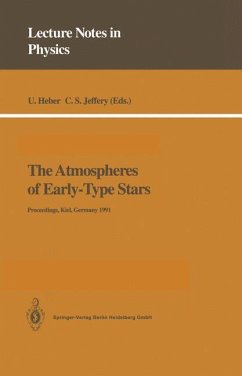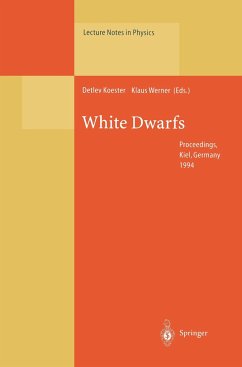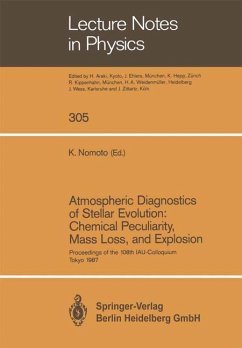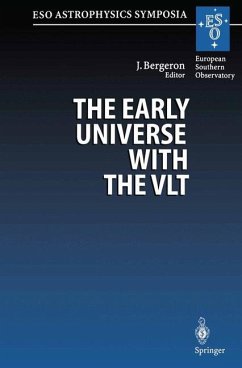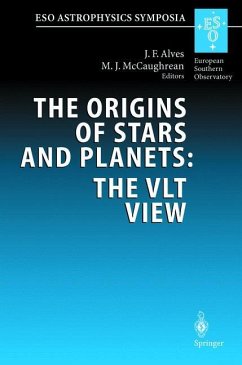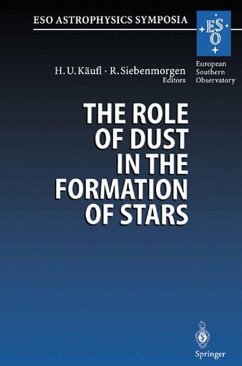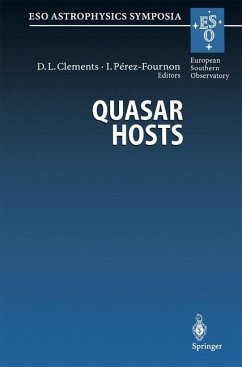
The Bottom of the Main Sequence - And Beyond
Proceedings of the ESO Workshop Held in Garching, Germany, 10-12 August 1994
Herausgegeben: Tinney, Christopher G.
Versandkostenfrei!
Versandfertig in 6-10 Tagen
75,99 €
inkl. MwSt.

PAYBACK Punkte
38 °P sammeln!
The proceedings of this workshop should probably be prefaced with a few words on some of the more confusing jargon. The phrases "Very Low-Mass star" , "VLM star", or simply "VLM" are now used fairly uniformly by as tronomers studying the stars at the bottom of the hydrogen-burning stellar main sequence - unfortunately, however, there is no clear definition as to what constitutes a VLM star. The reader should be warned that VLM stars are variously considered to be stars with; masses less than 0.3M ; masses 0 less than 0.1M ; spectra later than about M6-7; luminosities fainter than 0 Mv = 15; or...
The proceedings of this workshop should probably be prefaced with a few words on some of the more confusing jargon. The phrases "Very Low-Mass star" , "VLM star", or simply "VLM" are now used fairly uniformly by as tronomers studying the stars at the bottom of the hydrogen-burning stellar main sequence - unfortunately, however, there is no clear definition as to what constitutes a VLM star. The reader should be warned that VLM stars are variously considered to be stars with; masses less than 0.3M ; masses 0 less than 0.1M ; spectra later than about M6-7; luminosities fainter than 0 Mv = 15; or luminosities fainter than Mbol = 12. The important features of a VLM star, however, would seem to be (1) that it is about as faint as a star can be, and (2) that it still remains a star (ie. it still burns hydrogen) . All of the above criteria, therefore, would seem to qualify an object as a VLM star, and requiring a more stringent definition is probably quibbling.





